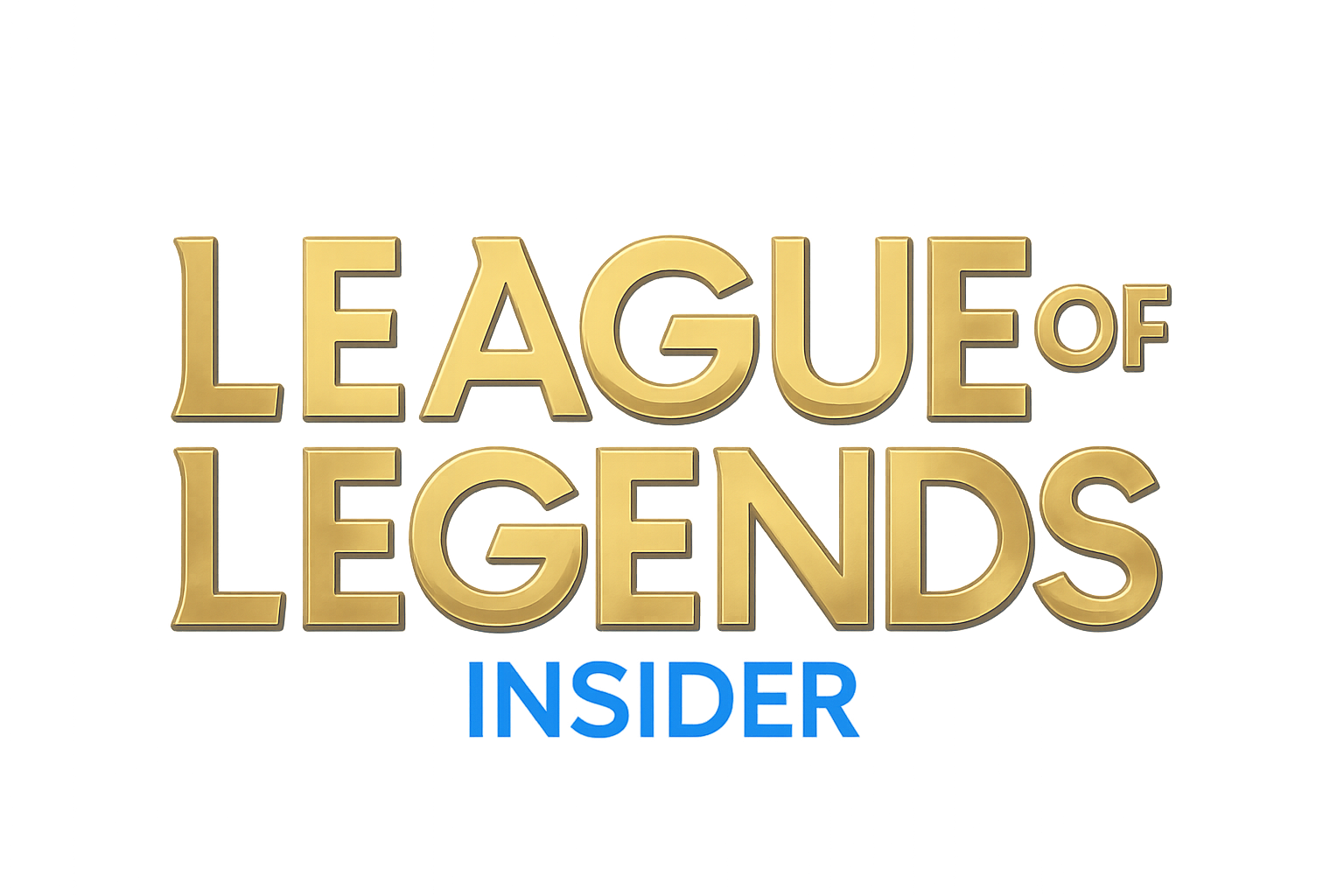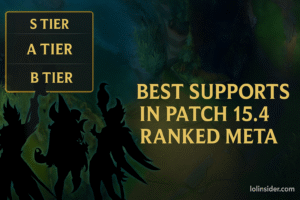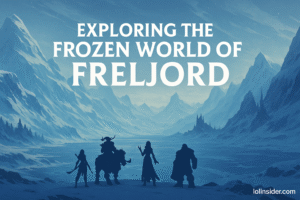When Arcane premiered on Netflix in 2021, it didn’t just make waves in animation—it fundamentally reshaped the League of Legends universe. What was once scattered lore hidden in champion bios, voice lines, and short stories suddenly became a cinematic, cohesive narrative.
This article explores how Arcane revolutionized LoL’s lore, deepening character development, redefining regions like Piltover and Zaun, and impacting how players perceive their favorite champions.
Arcane as a Turning Point for League’s Narrative
Before Arcane, League’s storytelling was fragmented. Riot delivered lore through:
- Champion bios on the official universe page.
- Occasional short stories or comics.
- In-game voice lines hinting at relationships.
While dedicated fans pieced these together, casual players often ignored lore entirely. Arcane changed this by presenting Runeterra’s world in a binge-worthy, emotional format accessible to everyone.
Piltover and Zaun: More Than Just Maps
The regions of Piltover and Zaun were previously known mainly as champion backdrops. Arcane brought them to life:
- Piltover became a bustling city of progress, science, and social hierarchy.
- Zaun was portrayed as an undercity full of ingenuity, rebellion, and tragedy.
The visual contrast highlighted class struggles, making the tension between Piltover and Zaun more than just lore—it became the driving force of the story.
Character Transformations
Jinx (Powder)
Once just a chaotic gun-wielding criminal, Jinx’s origin was redefined. Arcane revealed her tragic past, abandonment issues, and descent into madness. Players now see her as more than a quirky ADC—she’s one of Runeterra’s most tragic figures.
Vi
From a hotheaded brawler to a protective sister torn apart by loyalty and survival, Vi’s depth skyrocketed. Her conflict with Jinx anchors the emotional weight of the series.
Viktor
Previously seen as a mad scientist archetype, Viktor’s backstory in Arcane added vulnerability and motivation, painting him as a visionary trapped by circumstance.
Jayce
Jayce evolved from “the defender of tomorrow” into a conflicted leader balancing ambition with responsibility. His relationship with Viktor added shades of gray to his morality.
Expanding the Universe Beyond Champions
Arcane didn’t just focus on playable champions—it built a living world:
- Supporting characters like Silco, Mel, and Vander became fan favorites.
- New institutions, like the Council of Piltover, gave political depth.
- Zaunite gangs and enforcers fleshed out the regions’ power struggles.
This broader narrative proved that Runeterra could sustain long-form storytelling.
Impact on Player Perception
- Casual Fans: Many who never cared about LoL lore became invested after watching Arcane.
- Hardcore Fans: Finally saw fragmented lore tied together in a satisfying, emotional arc.
- Esports Viewers: Champions like Jinx and Vi skyrocketed in popularity, leading to thematic skins and Worlds tie-ins.
The cultural impact of Arcane was so strong that it influenced pick rates, fan art, cosplay, and champion identity across the community.
Riot’s Shift in Storytelling Strategy
After Arcane, Riot doubled down on expanding Runeterra as a transmedia universe:
- More animated shorts and music videos.
- Novel tie-ins and comics expanding character arcs.
- Announcements of Arcane Season 2 and future Runeterra-based shows.
Lore is no longer secondary—it’s now a central pillar of Riot’s brand identity.
How Arcane Changed the Tone of LoL’s Lore
- From Static to Dynamic: Champions are no longer just static character bios; they have evolving arcs.
- From Archetypes to Depth: Jinx isn’t just “the crazy ADC”—she’s Powder, with trauma and humanity.
- From Background to Spotlight: Regions like Piltover and Zaun are no longer just battlegrounds—they’re worlds with politics, class struggles, and culture.
The Global Impact of Arcane
Arcane didn’t just resonate with LoL fans—it won:
- Emmy Awards for Outstanding Animated Program.
- Critical acclaim for animation and storytelling.
- Praise for accessibility, allowing non-gamers to enjoy the story.
It became a gateway for new players, introducing millions to the League universe.
What’s Next for LoL Lore After Arcane?
With Season 2 on the horizon, Riot has the opportunity to expand even further:
- Piltover/Zaun conflicts escalating.
- Possible introductions of champions like Warwick, Urgot, or Camille.
- New storylines branching into other regions (Demacia, Noxus, Ionia).
Arcane proved that Runeterra can stand alongside fantasy giants like Witcher and Game of Thrones in narrative scope.
Conclusion
Arcane reshaped League of Legends lore forever. It transformed forgotten backstories into epic narratives, turned archetypes into fleshed-out characters, and elevated Runeterra into a universe worth exploring beyond the Rift.
The rise of Arcane marks a turning point: from fragmented champion bios to a living, breathing fantasy world with emotional depth. For the first time in LoL’s history, players and non-players alike care about the lore—and that changes everything.
FAQs
Q: Is Arcane canon to LoL lore?
A: Yes. Riot confirmed that Arcane is canon, though some details differ slightly for gameplay clarity.
Q: Which champions could appear in Arcane Season 2?
A: Warwick, Camille, and Singed are strong candidates based on foreshadowing.
Q: Did Arcane increase the popularity of LoL?
A: Yes. Arcane boosted global interest, especially among new audiences unfamiliar with the game.
Q: Why is Arcane so successful?
A: Strong storytelling, emotional depth, and stunning animation made it accessible beyond the gaming community.
Q: Will Riot make more shows like Arcane?
A: Yes. Riot has hinted at expanding into other Runeterra regions for future animated series.







